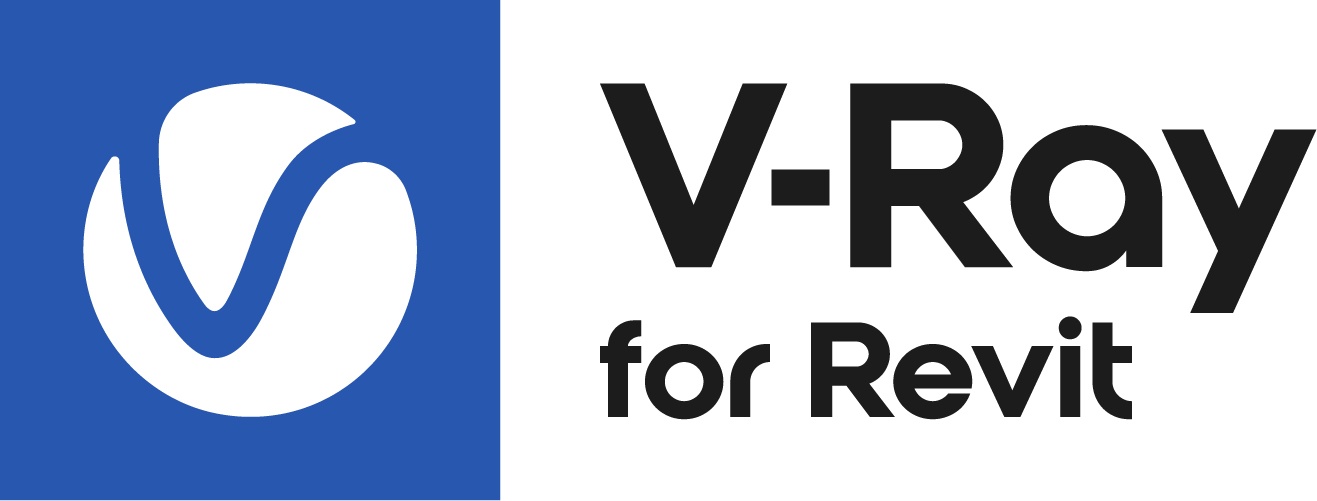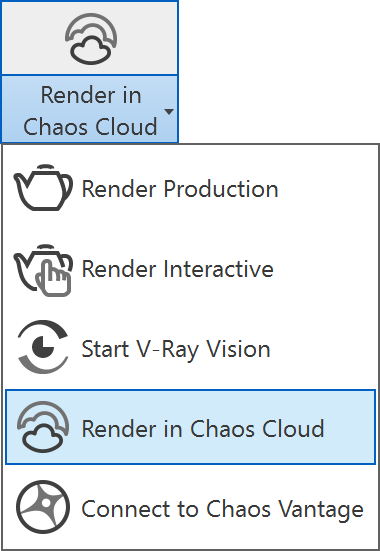Page History
...
Overview
Submit render jobs to Chaos Cloud easily and directly from V-Ray for Revit's interface.
| UI Text Box | ||
|---|---|---|
| ||
Chaos Cloud requires installation of the Chaos Cloud Client application. For more information, please visit the Installation of Chaos Cloud Client page. |
| UI Text Box | ||
|---|---|---|
| ||
Adding a new version of a previously submitted job is quicker than the initial upload. Chaos Cloud compares every new job to the existing ones, and if there is a match the client app uploads only the changes. This is useful for making a new iteration of an existing scene and is why it's recommended to keep your jobs in Chaos Cloud while working on them. |
UI Path
| Section | |||||||||||||||
|---|---|---|---|---|---|---|---|---|---|---|---|---|---|---|---|
|
Submitting Render Jobs
V-Ray for Revit provides in-built integration with Chaos Cloud, allowing for submission of render jobs to the cloud directly from Revit, using the dedicated Render in Chaos Cloud button. The button is located on the V-Ray Ribbon. To see how batch rendering works in Chaos Cloud, check the Batch Render page.
Select the Render in Chaos Cloud button to send the currently opened scene to Chaos Cloud for analysis.
| Multiexcerpt include | ||||
|---|---|---|---|---|
|
| UI Text Box | ||
|---|---|---|
| ||
If there are free resources in the cloud, Chaos Cloud starts rendering your job immediately. If there are no free resources, your job joins a queue and starts rendering automatically when resources become available. |
| UI Text Box |
|---|
Submit your jobs alternatively through the Standalone Chaos Cloud application and any command-line interface. For more information, please visit the Submitting render jobs to Chaos Cloud page. |
Notes
Footnotes
| Fancy Bullets | ||
|---|---|---|
| ||
|

